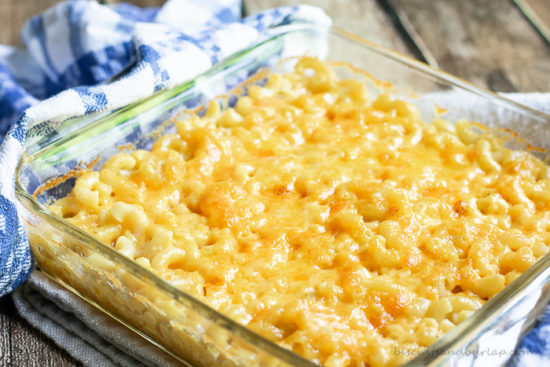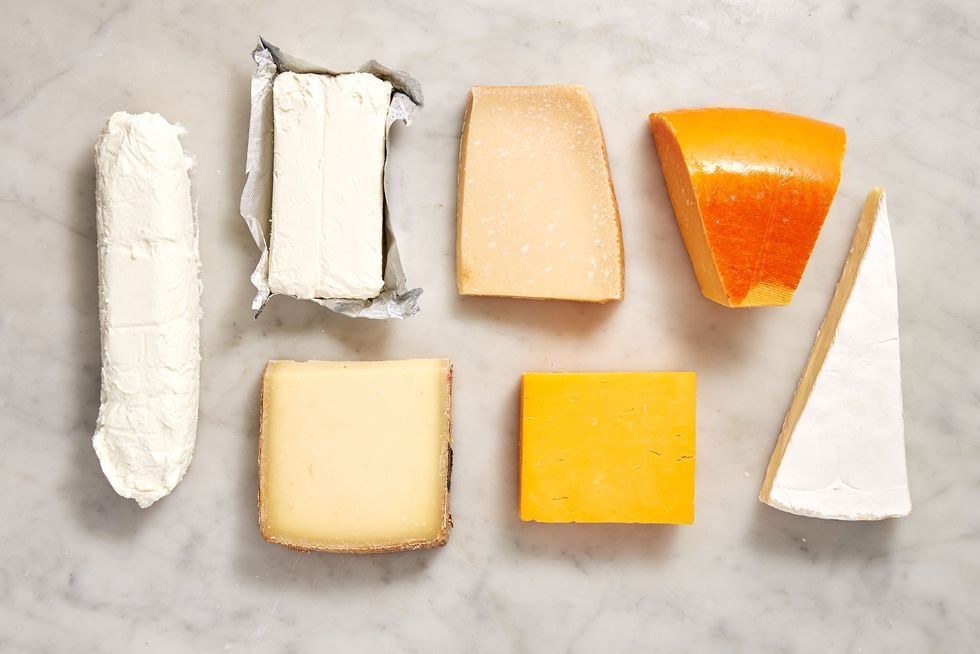

It is awful stuff and every cookbook in which it appears should be thrown out the window." Contrary to popular belief, this is not macaroni and cheese but macaroni with cheese sauce. usually it is their vexatious infatuation with white sauce, a noxious paste of flour-thickened milk, for this dish flavored with a tiny grating of cheese.

The recipes in most cookbooks are not to be trusted.
#PROPER WAY TO MELT CHEESE FOR MACARONI AND CHEESE MAC#
Julia Moskin, on a quest for the perfect mac and cheese in the New York Times, sets out her stall with a quote from food writer John Thorne on the subject: "A good dish of macaroni and cheese is hard to find these days. The more macaronis I make, the more I warm to Tom Norrington-Davies' plain and simple, and very British version, with its blandly familiar white sauce, so I approach my final recipe with a certain trepidation. Julia Moskin recipe creamy mac and cheese. All that cheese has made the sauce greasy and slightly grainy, and aggressively sharp, rather than comforting. This mac is making me feel slightly queasy already, but nevertheless, I soldier on.Īlthough it looks dreamy – all golden breadcrumbs and bubbling, creamy sauce, on the plate, the dish is a disappointment. America's only slightly tarnished domestic goddess seems an obvious choice for a killer mac recipe – in all senses, given the amounts of cheese and butter involved.Īfter a brief, and patriotic lecture on the history of the dish, Martha opines that, "making it more comforting, cheesier" is "a completely worthwhile way to spend your time." She seems to have done a lot of work on the latter objective: I have to put an entire large block of cheddar in, and a sizeable slab of gruyère. While cruising mac and cheese forums online (I promise I haven't made these up), I notice one recipe comes up more than any other: Martha Stewart's "crack and cheese", so named because of its alleged addictive qualities. Comfort food hasn't changed much, it seems. If not the prettiest of dishes, it's oddly satisfying, in an intensely cheesy, gloopy, buttery sort of way. The macaroni, (which should be "tender but perfectly firm, no part being allowed to melt, and the form entirely preserved" – lest one be tempted to cook it for so long it actually disintegrated) is then topped with more cheese, pepper and breadcrumbs, before receiving a final dose of melted butter for good measure and being placed before a "bright fire" to brown the crumbs, or grilled with a salamander ("more expeditious" apparently, but I make do with an electric grill). After a mere hour at a "quick boil", my pan boils dry, and I'm forced to move on to the next stage of the recipe, tipping the gluey mass into a dish, and sprinkling with a quite impressive amount of parmesan cheese and butter. It has little in common with anything I've made so far, but ticks a fair few boxes in the iSpy book of Victorian cooking cliches by instructing me to cook the macaroni, in a pan of milk and water, for 1½ to 1¾ hours, until "quite tender". It makes sense then, to turn to my trusty Mrs Beeton for a recipe, and she doesn't disappoint, with directions for macaroni "as usually served with the cheese course", as well as as distinctly less pleasant sounding sweet milk pudding made with the stuff. It's all very refined, down to the parmesan topping, but I miss the velvety texture of the plain white sauce, and find the onion too bullyingly dominant: macaroni cheese should be something one could happily eat in bed, should opportunity call, and alliums and pillows should never mix. Bolder still, they suggest chucking in some sliced onion or leeks, softened in a little butter, along with a small bunch of chopped chives along with the sauce and pasta. This means infusing the milk with a bay leaf and black pepper before making the white sauce, and then adding a mature Lancashire cheese, as well as a slug of double cream. The other is, that because "almost all the joy of eating Macaroni Cheese comes from its creamy sauce", it's worth "going to town" on the seasoning and an "assertively flavoured" cheese. A few pointers, they insist, "will help to make this familiar yet sometimes disappointing dish into superior comfort food." Photograph: Felicity CloakeĪfter pointing out that there's "very little to get wrong here", Simon Hopkinson and Lindsey Bareham deliver a googly in The Prawn Cocktail Years by calling for penne, rather than macaroni "because the cheese sauce is better able to flow inside this larger-sized pasta". Simon Hopkinson and Lindsey Bareham recipe macaroni cheese.


 0 kommentar(er)
0 kommentar(er)
